A trek to Everest Base Camp in Nepal is a once-in-a-lifetime adventure. You’ll be following in the footsteps of famous explorers such as Edmund Hillary and Tenzing Norgay as you ascend winding trails in the Himalayas, and cross suspension bridges and glaciers. You’ll experience unbeatable mountain views too, and of course, arrive at the foot of the iconic Mount Everest, the highest mountain in the world.
But an intrepid expedition such as this is something you need to prepare for. Alongside making sure you’ve done adequate trek training, you need to ensure you’ve packed the correct kit. You don’t want to add unnecessary stress to an already challenging trip by being too cold, or forgetting something.
We’ve put together the ultimate packing list for Everest Base Camp with tips from our Head of Adventure, Megan Devenish, and our Adventure Operations Manager and resident Nepal expert, Jenny Cox. Both Megan and Jenny have completed the EBC (Everest Base Camp) trek and have first-hand tips and tricks to make your trek a little more comfortable and that you feel a little better prepared (hint: breath mints might not make the top of your list, but they should!)
While we've been as comprehensive as possible, we'd always recommend checking in with your Everest Base Camp tour operator (whether that's the team here at Much Better Adventures, or elsewhere!) to make sure there's nothing else that you'll need. They’ll also be able to answer any questions you might have about gear (such as what constitutes ‘lightweight’, and whether your hiking books are suitable for the trip). So without further ado, let's get that packing list started!
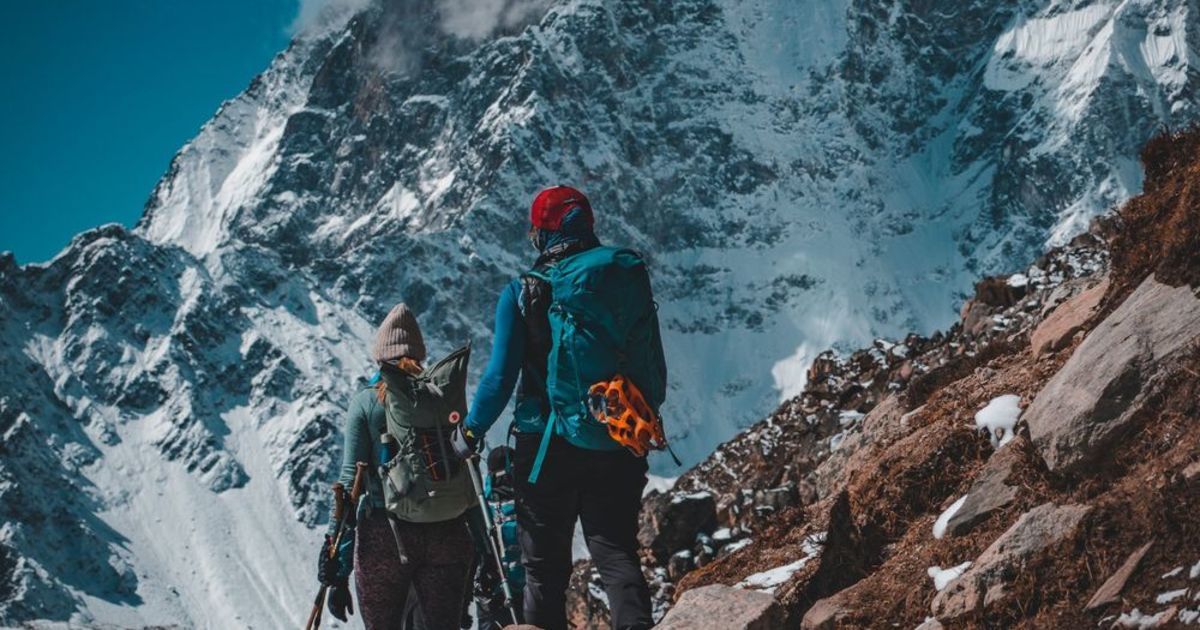
How Cold is Everest Base Camp?
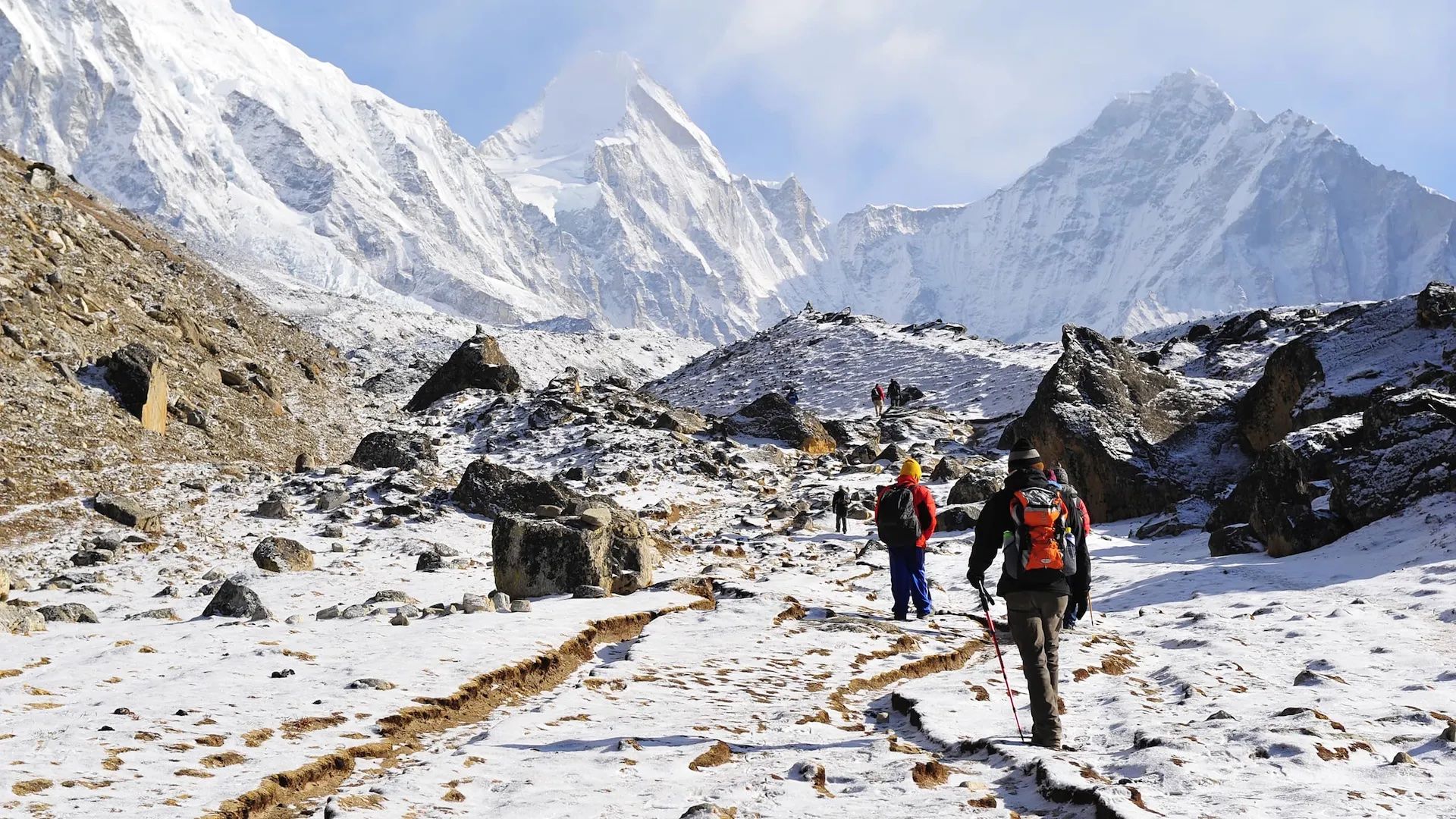
To pack properly, you’ll need to know what the weather is like on the Everest Base Camp trek. Whatever time of year you travel, you’ll experience a lot of climate and temperature variation. This is because of the significant altitude gain along the track - from the trail starting point at Lukla (2,860m) to base camp itself (5,380m). The weather will become colder and more unpredictable the higher you climb.
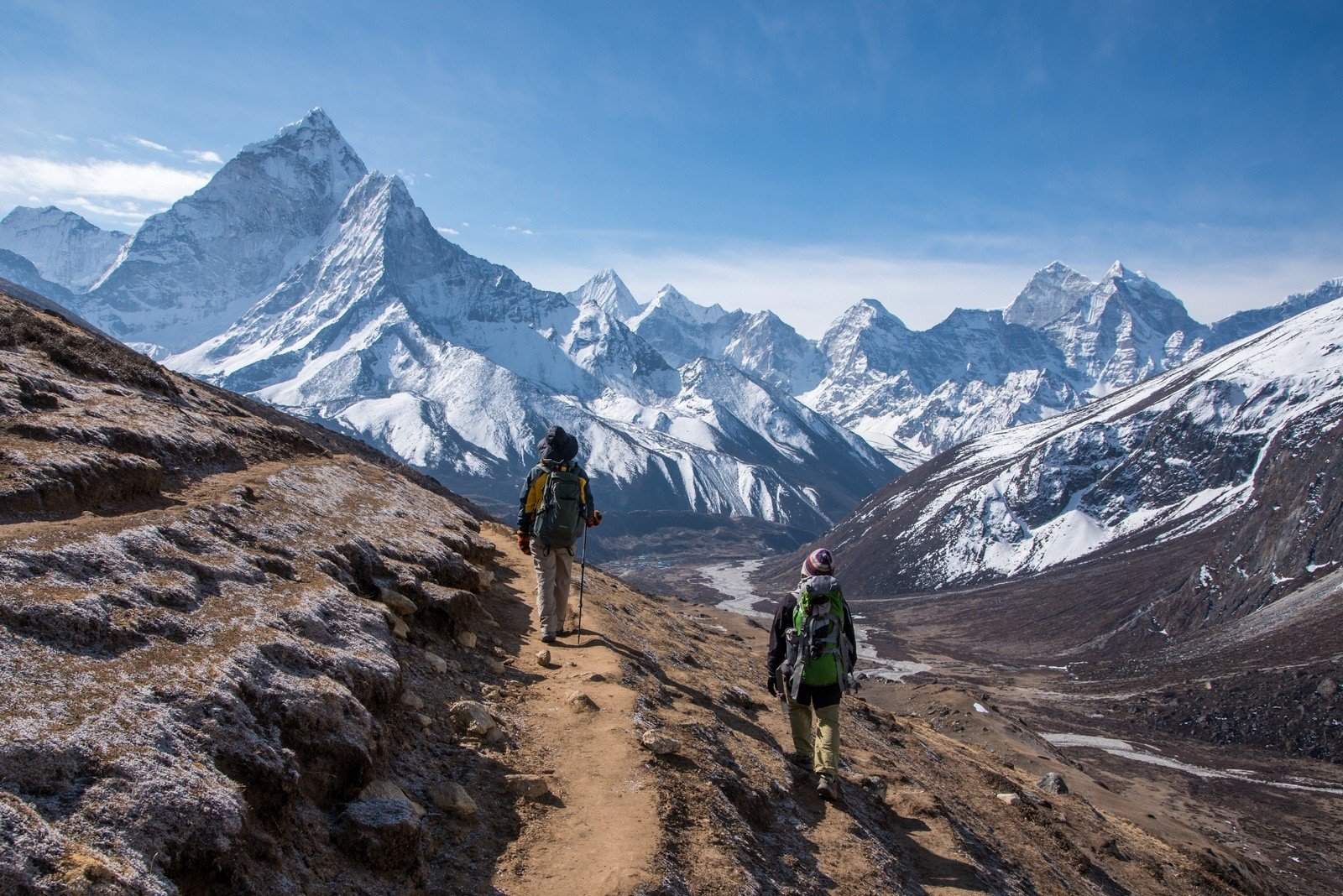
During spring (March to May) the daytime temperature hovers around 17°C at lower altitudes, and 10°C as you climb higher. But it’ll drop in the nighttime to somewhere between -5°C to -10°C. Autumn (September to November) is similar. By winter (December to February) the temperatures will drop. Anticipate daytime temperatures ranging from just above freezing to around 10°C, and during the night temperatures can go as low as -10°C. Whatever time of year you visit, then, be sure to pack some warm clothes.
A Note on Weight Restrictions
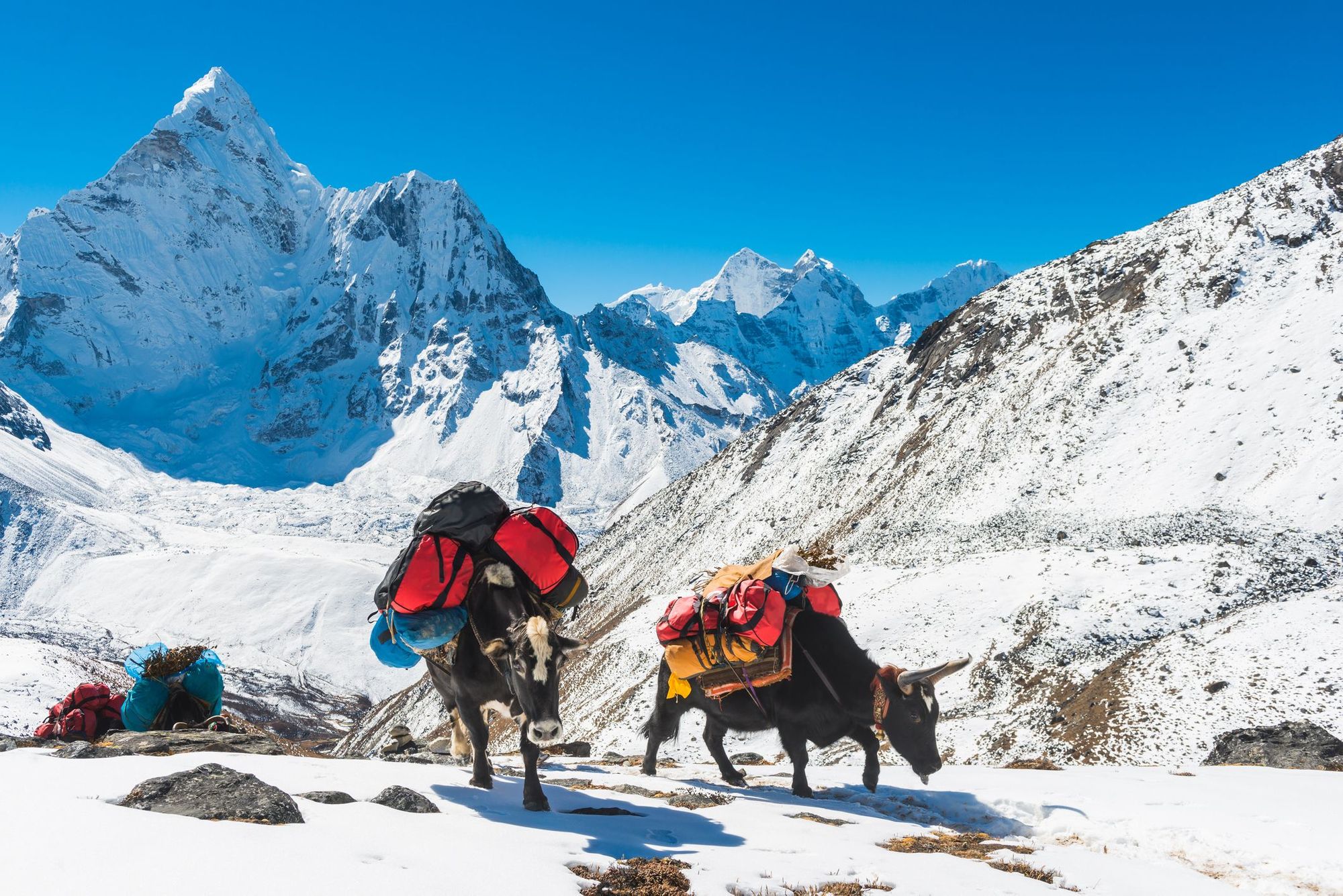
It’s important not to pack too much for your expedition to Everest Base Camp. Many trip organisers set weight restrictions for how much your porter is able to carry for you (it’s normally a maximum of between 10-15kg). There are also weight restrictions on the small plane flight from Kathmandu to Lukla - passengers are allowed to bring 10kg of checked luggage and 5kg of hand luggage. Whilst you can pay an excess baggage fee, it will only entitle you to an extra couple of kilos.
Many trip hosts will allow you to leave any luggage you won’t be needing on the trek in their base at Kathmandu. This is particularly useful for those who will be travelling around Nepal after the trek is finished.
Your Everest Base Camp Packing List
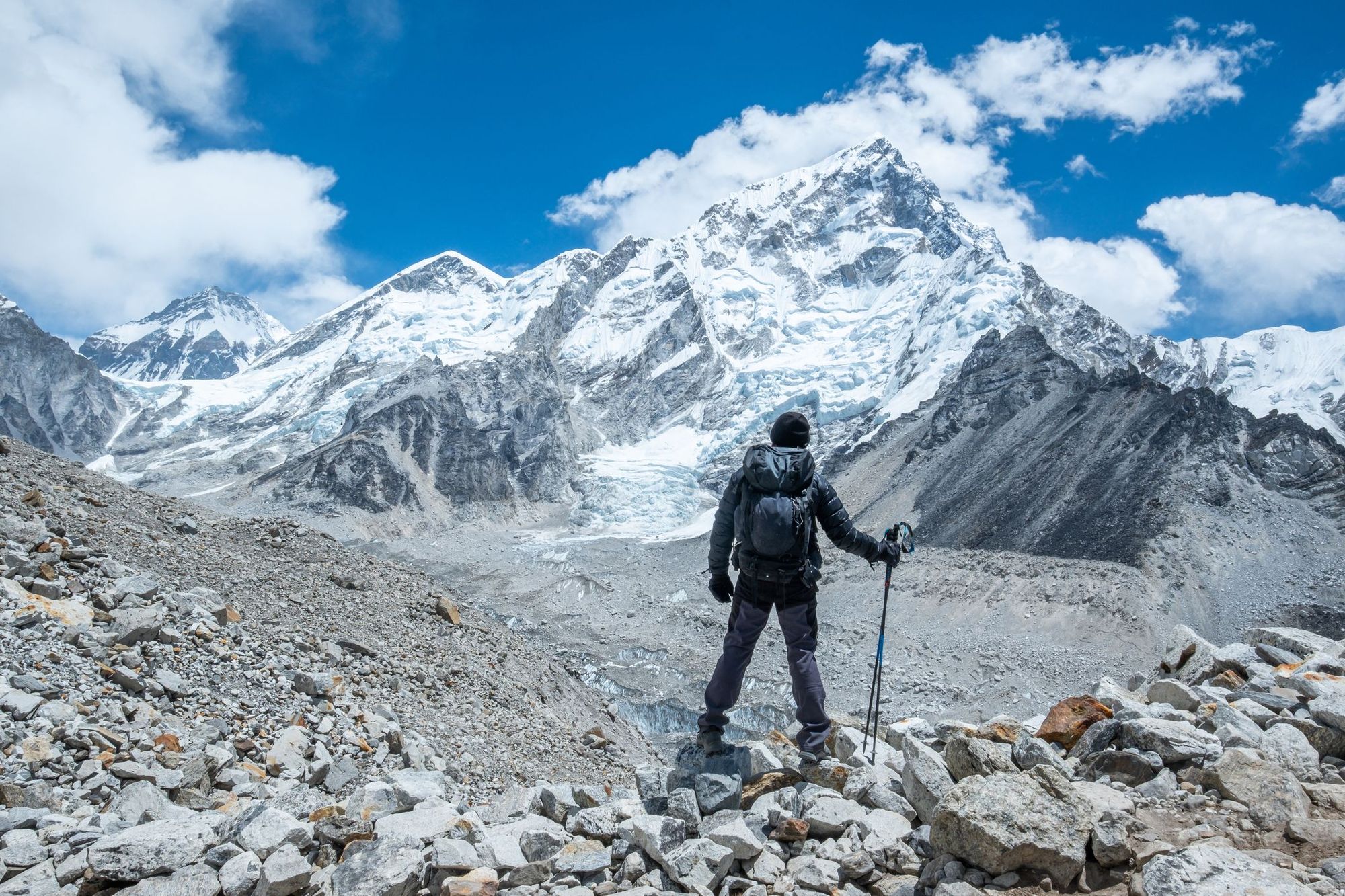
Your Everest Base Camp trek packing list needs to include the following:
Clothes For Everest Base Camp
- Waterproof jacket
- Lightweight Down jacket
- Waterproof trousers
- Lightweight trekking trousers
- Hiking shorts (if trekking in the summer)
- Thermals (top and bottom, merino ideal)
- Two to three trekking t-shirts/shirts
- Fleece or warm mid-layer
- Waterproof thick gloves
- Glove liners
- Hiking socks and lighter walking socks
- Wool hat
- Sun hat
- Sunglasses
- Spare underwear
- Buff or similar
- One pair of worn-in, waterproof hiking boots
- One pair of lightweight trainers (for the camp, in the evenings)
Extra Clothes for Winter
- Extra warm layers (add an extra warm item to all key items above)
- Extra set of thermals (pair to walk in, pair to sleep in)
- Merino trekking socks
- Merino glove liners
- Gaiters
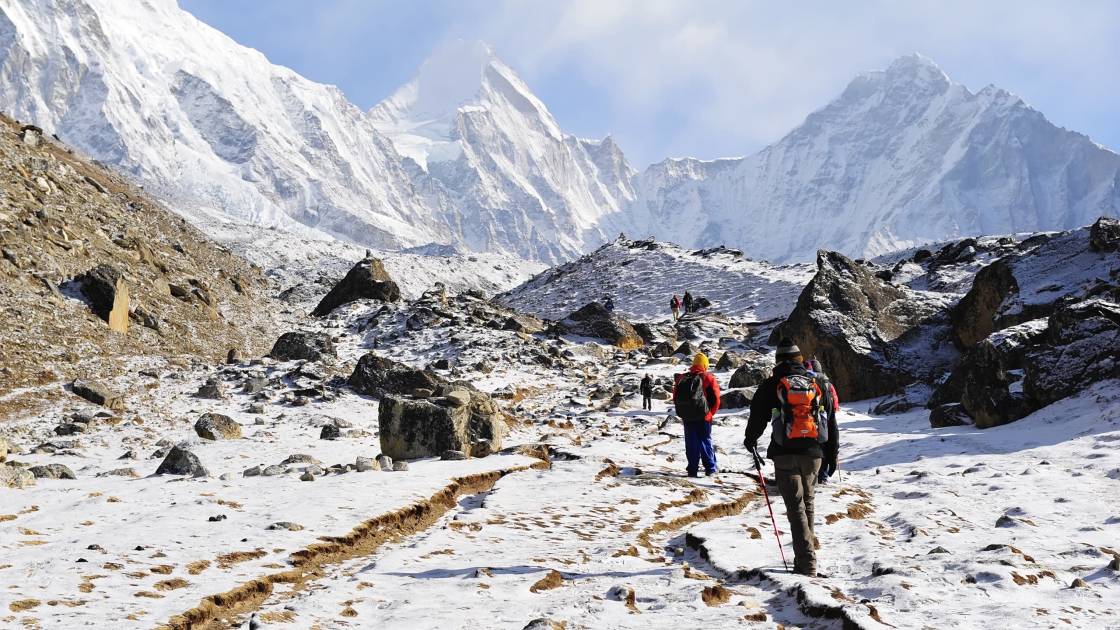
Tech to Pack for Trekking
- Powerbank
- Universal plug adaptor
- Charging cables
- Phone / iPod /Kindle
Toiletries to Pack for Everest Base Camp
- Biodegradable wet wipes
- Hand gel
- Small biodegradable bags to take toilet tissue off the mountain
- Toilet paper
- Sunscreen & lip block
- Personal medication
First Aid Kit, including:
- Anti-Diarrhoea Tablets (Imodium)
- Painkillers
- Anti-inflammatories
- Throat Lozenges
- Rehydration Sachets
- Blister Plasters
- Vaseline - to rub on feet to reduce friction
- Diamox for altitude sickness (only after consultation with a medical professional)
Camping Gear for Everest Base Camp
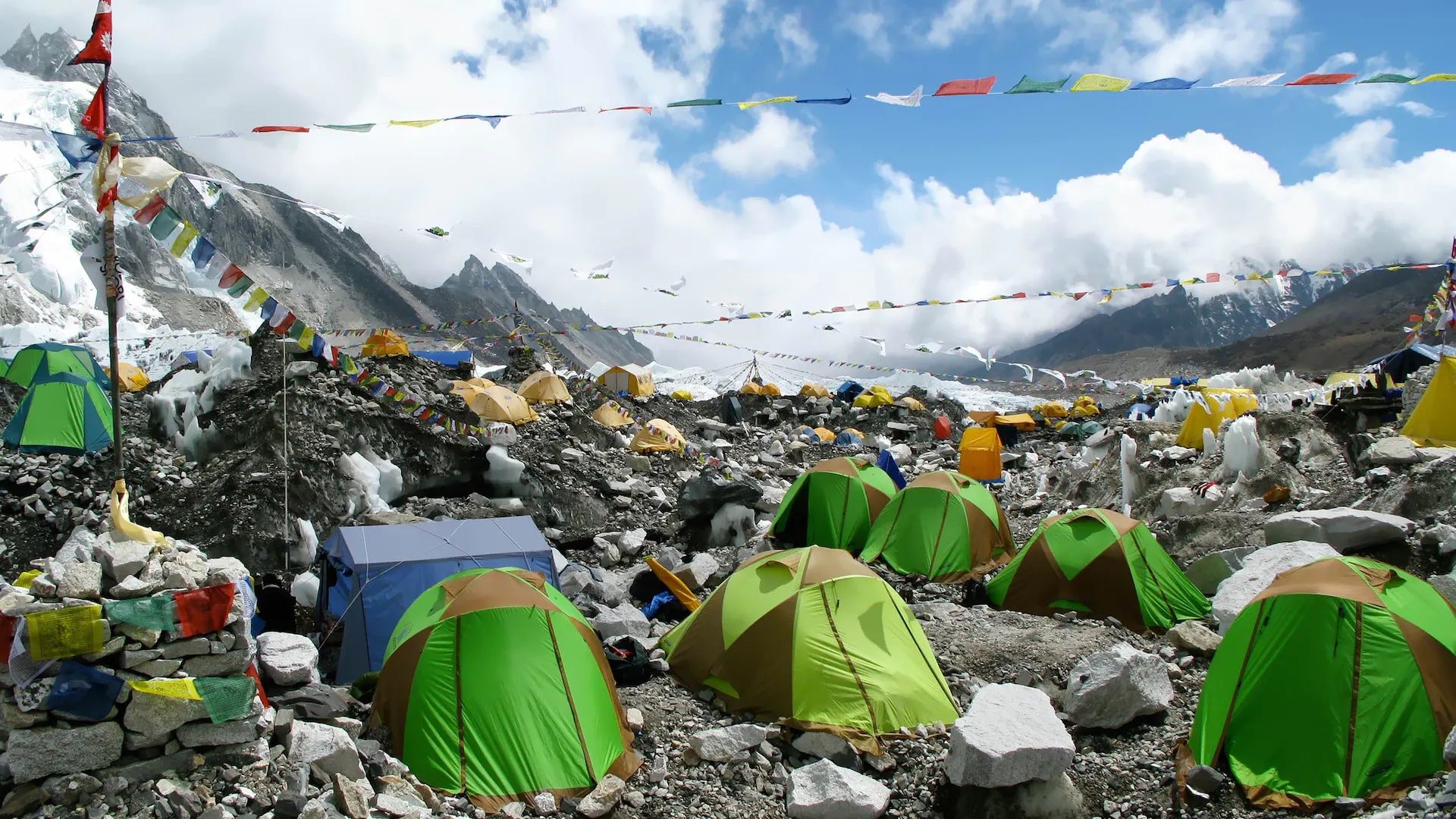
- A four-season sleeping bag
- Sleeping bag liner
- Pillow case (optional)
- Head torch
Accommodation will be provided by your trip host, either in rustic tea houses or campsites, so there’s no need to bring a tent or cooking equipment.

Other Items
- Trekking poles
- Travel towel
- Two water bottles (one litre each)
- Metal SIGG bottle (useful to fill with hot water to use as a hot water bottle at bedtime)
- Water purification tablets/system, such as Lifestraw or SteriPEN
- Crampons or chained spikes that will fit any boot, if you don't have crampon-suitable boots (for winter departures between November and March)
- Day pack with rain cover (30 litres +)
- Rucksack or duffel bag (for the porters to carry overnight kit). If you’re wondering what size duffel bag for Everest Base Camp, around 65 litres should be enough.
Our Top Tips
Several of the Much Better Adventures team have been to Everest Base Camp, and had some tips for extra things to pack. Megan, our Head of Adventure, recommends bringing along a small pot of tiger balm.
“It’s useful for insect bites in the low reaches and to pop on your buff higher up when using the gross-smelling loos!” she said.
Jenny Cox, our Adventure Operations Manager (and resident Nepal expert) has a few suggestions.
"I would say some small lightweight travel games for the evenings at the teahouses as some walking days are relatively short and you'll arrive quite early in the afternoon and there's often not much to do," she says.
"You'll also need a rubbish bag, to take any rubbish you create with you out of the mountains to Kathmandu where it can be properly disposed of. Some flip flops for the "showers". I highly recommend ear plugs - you'll hear everything in the teahouses so these are a must.
"Include throat lozenges and cold and flu medicine in your personal medical kit to combat the 'Khumbu cough' - possibly also a wide spectrum course of antibiotics. Pack a repair kit, including some gaffer tape to patch up torn waterproofs, tape together boots if the sole starts to peel off etc) and spare shoe laces - you never know when you might need them."
And last, but not least, some breath mints.
"The Nepalese believe that garlic helps with acclimatisation to the altitude and you'll often find dishes get more and more garlicky the higher you go. I've no idea if there is any scientific proof of this natural remedy," Jenny concludes.
Options for Gear Rental in Kathmandu
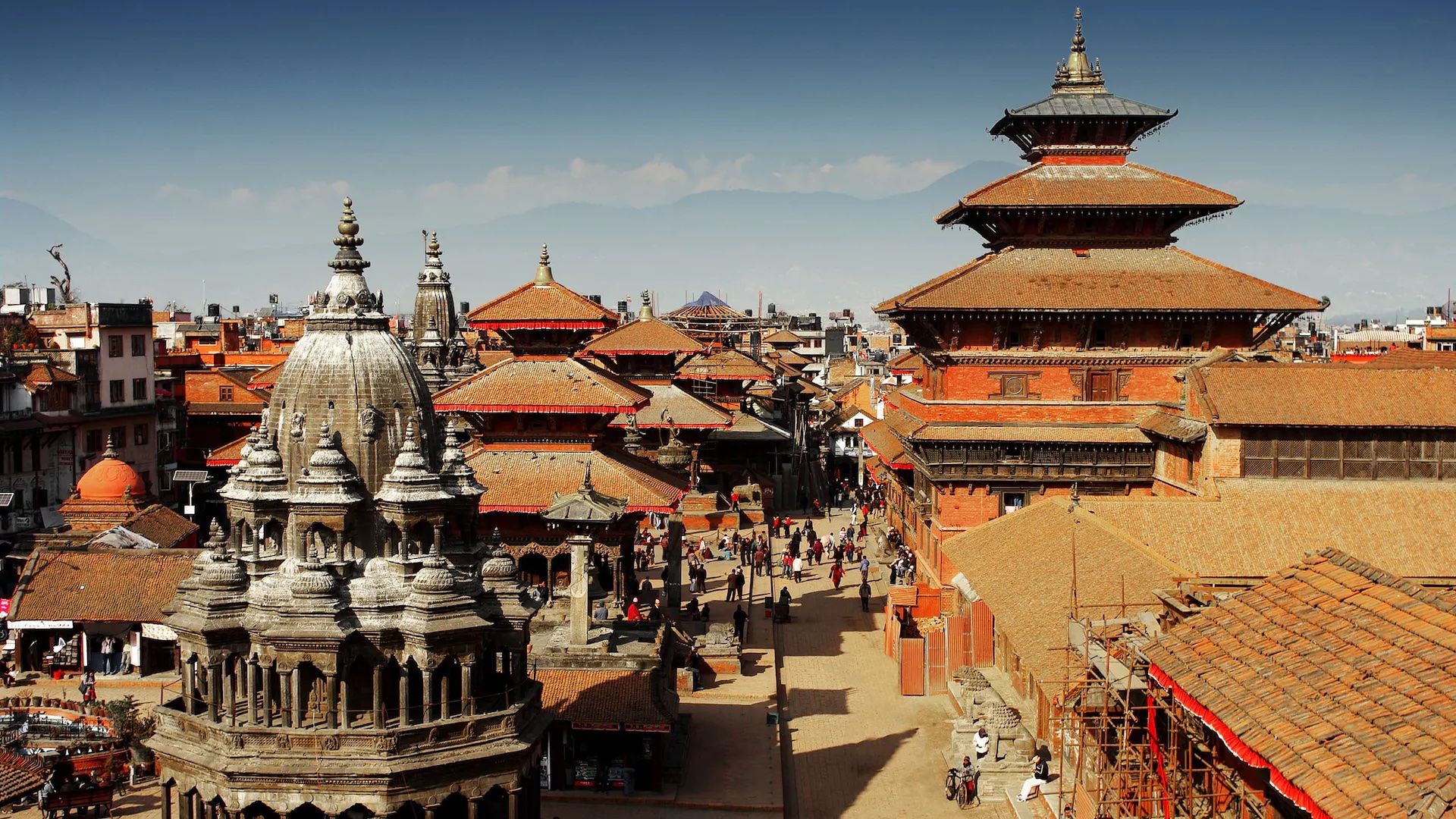
If funds are limited, you might want to consider gear rental. Companies like Rab and Picture now run gear rental services in the UK, but you can also rent gear in the capital of Kathmandu, before embarking on your trip.
It’s best to do this through your trip host, as there are some shops in Kathmandu which offer cheap counterfeit clothing and equipment (something you definitely don’t want). However, your guide will have links to companies offering the genuine article.
Your guide will be able to help you source items such as boot spikes, down jackets and sleeping bags. These will cost between $1-2 respectively, but you will also need to pay a refundable deposit for the latter two. Steer clear of renting walking boots - it’s best to use a pair that you have worn-in yourself.
Inspired? Check out our Everest Base Camp treks, and our other treks in the Himalayas and Nepal.
Enjoyed this article? You might like our other Everest Base Camp stories, features and guides:
An introduction to Everest Base Camp: Everything you need to know about Everest Base Camp, from the routes to the best time to do it!
Gokyo Lakes vs Everest Base Camp: What's the difference between the two routes, and why might you chose to trek one over the other.
Customer Story: Everest Base Camp and Gokyo Lakes: Much Better Adventurer Tom Millar shares his experience of the Base Camp and Gokyo Lakes trip.
Customer Story: Trekking to Everest Base Camp with Much Better Adventures: Photographer and Much Better Adventurer, Olly Edgecombe, shares a visual diary of his time trekking to EBC with us!
Solukhumbu District Guide: Our guide to trekking in the Solukhumbu District and Everest Region of Nepal.




